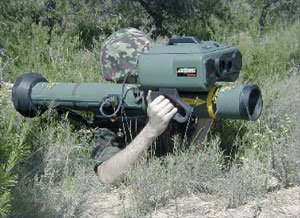Quote:
Originally Posted by Ken White
.....my combat BAR experience was in the Marines and having three of the monsters with 13 (or more often, 10 ) men made a difference.....
Rifleman wrote: This seems important to me. My understanding is that the traditional 13-man USMC rifle squad (and the fire team concept as we know it) was built in 1944 to maximize the BAR's strengths. The BAR is what the USMC had to work with and they made the most of it by having three BARs per squad and three Garand riflemen manuvering around and supporting each BAR. I think the USMC squad had one (or two?) more BARs than Army squads of the same era did.
But could it not be said that the smaller German squad during the same era made best use of what they had to work with: the MG42? My understanding is that the German SOP was to get the gun into action; the Mauser riflemen screened and packed ammo to the gun.
So might not the AR v. LMG argument hedge on squad size and organization? It just seems to me that larger TOE squads can make best use of the AR and fire teams, but that smaller TOE (plus often being understrength) squads built around an LMG, a grenadier, and a handful of riflemen (and too small for internal fire teams) have been just as successful. Of course that type of squad requires fire and manuever to begin at platoon and not squad level. A smaller squad can usually fire or manuever but usually not both without being reinforced.
I know I've stated this idea before but it seems worth repeating - especially considering the recent posts. But my experience is peacetime light infantry, not combat, so someone tell me if their combat experience says that I'm way off base here.



















Bookmarks